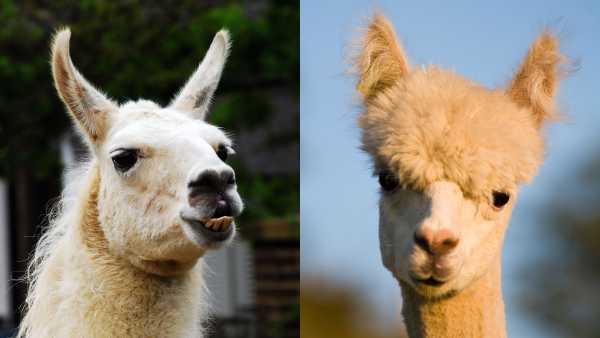
How can you tell a llama (left) from an alpaca (right)? (Photo: Paula Hammond/Don Hooper/Alamy)
Llamas and alpacas are easy to confuse: both are slender, furry, long-necked, four-legged mammals that live in herds. So what's the difference between the two species?
“That's the most common question we get from the public,” Rebecca Gill, co-owner of Cotton Creek Farms, a Michigan farm that houses both species, told Live Science.
Llamas (Lama glama) and alpacas (Lama pacos or Vicugna pacos, depending on who you ask) are members of the camelid family, says David Anderson, associate dean for research and graduate studies at the University of Tennessee College of Veterinary Medicine in Knoxville.
You may like
-
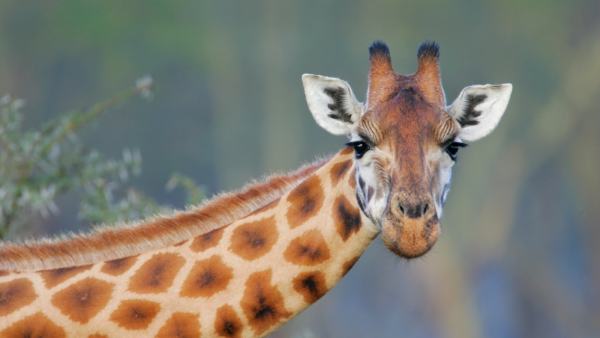
Why do giraffes have spots?
-
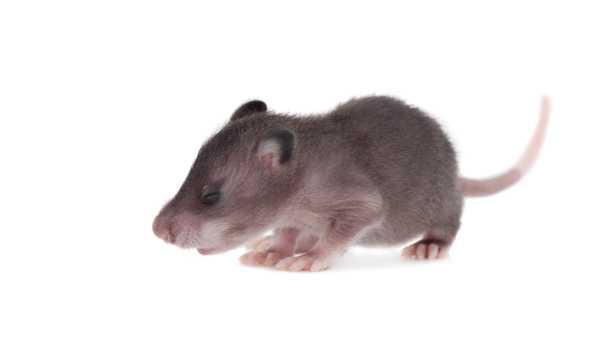
Which animal has the best sense of smell?
-

Are cats the only animals that purr?
Subscribe to our newsletter

Subscribe to our weekly newsletter, Life's Little Mysteries, to get the latest detective stories before they hit the web.
“Camelids originally evolved in western North America,” Anderson told Live Science. When the Americas and Asia were still connected by the Bering Land Bridge during the last ice age, “there was a migration north into Asia and south into Central and South America.”
Camelids that migrated to North Africa, the Middle East, and Asia became dromedaries and Bactrian camels, respectively. Camels that migrated to Central and South America gave rise to llamas and alpacas, as well as their wild ancestors: guanacos (Lama guanicoe) and vicuñas (Vicugna vicugna), Anderson explained.
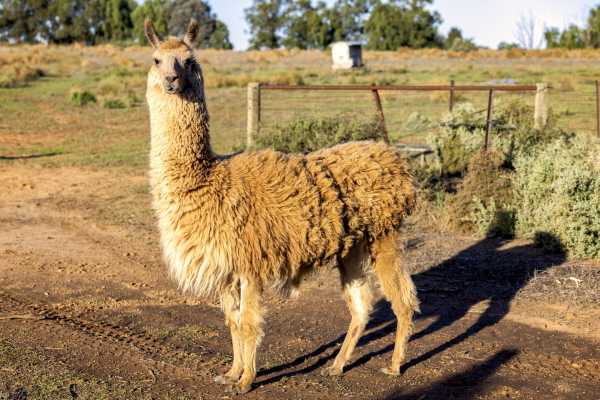
Llamas are about twice as heavy as alpacas, have long noses and muzzles, and coarse, wiry wool.
“Here in the United States, llamas and alpacas are often considered foreign species, but in fact, from an evolutionary standpoint, they originated here, so I see their presence here more as a repatriation,” Anderson said.
A study published in 2020 found that guanacos were domesticated into llamas and vicuñas into alpacas, with the latter occurring around 6,000 to 7,000 years ago. However, the origins of llamas and alpacas remain controversial — “it’s not necessarily set in stone,” Anderson said.
Llamas vs Alpacas
The most obvious difference between llamas and alpacas is that llamas weigh more than twice as much as alpacas. Llamas range in weight from 130 to 200 kilograms (280 to 450 pounds) and stand about 115 centimeters (45 inches) at the shoulder (the highest point of their back). Alpacas, on the other hand, weigh between 45 and 80 kilograms (100 and 175 pounds) and stand about 90 centimeters (36 inches) at the shoulder, according to Rutgers University. “Even the largest alpaca is not as big as a llama,” Gill said.
Alpacas have pear-shaped ears and short noses, while llamas have longer, banana-shaped ears and more elongated muzzles. Alpacas also have fine, silky fur, while llamas have coarse, wiry fur, according to Rutgers University.

Alpacas are much smaller than llamas, with short noses and muzzles covered in soft, silky fur. RELATED SECRETS
— What is the difference between apes and monkeys?
— What is the difference between a leopard and a jaguar?
— What is the difference between a frog and a toad?
Anderson said llamas were often used as pack animals due to their size and strength, which explains why the Incas used llamas, as well as their droppings, to expand and enrich their empire. Alpacas, meanwhile, were bred and used largely for textiles. “Alpaca fiber is very soft, luxurious, and incredibly warm,” Gill added. In contrast, “llama fiber is not used in anything that’s worn on the body.”
Llamas and alpacas also differ in temperament. “Llamas are more alert and guardian, while alpacas are more timid and kind, more affectionate,” she said. Anderson agreed: “When alpacas feel threatened, they’re more likely to run away from danger,” he said, “whereas llamas are more likely to turn and confront you.”
Both llamas and alpacas are “very smart and trainable,” Gill said. “People are often surprised at how smart and gentle they are.”
Editor's note: This story was updated Wednesday, August 20, at 10:30 a.m. ET to correct the lead image, which labeled the alpaca as a llama.
Animal Quiz: Test Yourself With These Fun Animal Questions TOPICS: Life's Little Mysteries

Charles K. Choi. Social Link Navigation. Live Science Writer. Charles K. Choi is a freelance writer for Live Science and Space.com. He covers all topics related to human origins and astronomy, as well as physics, animals, and general science. Charles holds an M.A. from the University of Missouri-Columbia School of Journalism and a B.A. from the University of South Florida. Charles has visited every continent on Earth, drank rancid yak butter tea in Lhasa, snorkeled with sea lions in the Galapagos Islands, and even climbed an iceberg in Antarctica.
You must verify your public display name before commenting.
Please log out and log back in. You will then be prompted to enter a display name.
Exit Read more
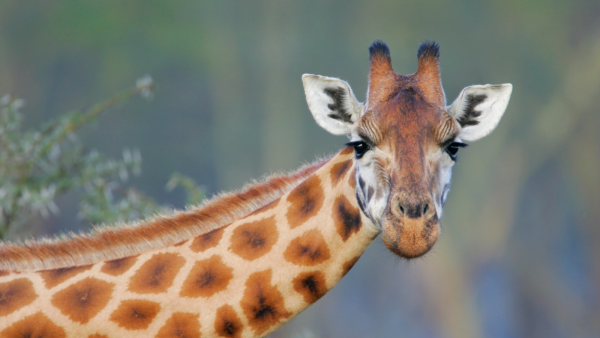
Why do giraffes have spots?

Which animal has the best sense of smell?

Are cats the only animals that purr?

History of Cat Domestication
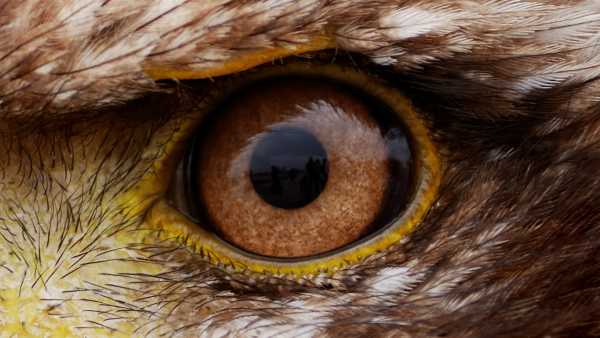
Which animal has the best eyesight?

Which animals can count and understand simple mathematical operations? News from the section “Land mammals”
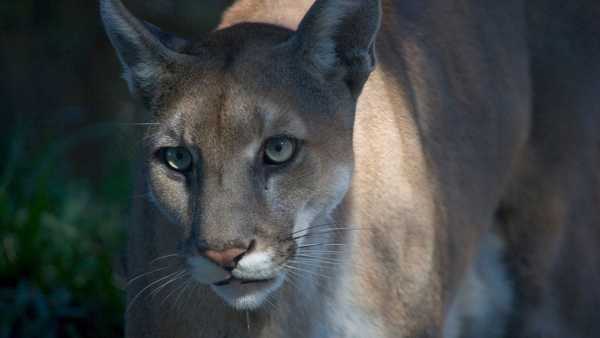
Texas cougar genes are saving Florida cougars from extinction—for now.

Why do cats and dogs eat grass?

Why do cats hate water?

The return of wolves to Yellowstone has led to a surge in aspen growth not seen in 80 years.

Why do cats love concrete slabs?

A study has found that 'alpha male' primates are rare, and females are about as likely to dominate the opposite sex. Latest News

Man's preference for 'soft' bacon may have caused his brain to become infected with worms

Japan's supervolcanic “hell” caldera is home to 17 different volcanoes.

Which Roman emperor reigned the longest?

Science News This Week: Black Holes Galore and Blue Whales That Still Sing

'It makes no sense to say Homo sapiens had only one origin': How Asia's evolutionary record complicates our knowledge of our species

Giant 'X' symbol appears over Chile as two intersecting celestial beams of light: Space Photo of the Week LATEST ARTICLES

1Asteroids Bennu and Ryugu May Be Long-Lost Siblings, JWST Hints
Live Science is part of Future US Inc., an international media group and leading digital publisher. Visit our corporate website.
- About Us
- Contact Future experts
- Terms and Conditions
- Privacy Policy
- Cookie Policy
- Accessibility Statement
- Advertise with us
- Web Notifications
- Career
- Editorial Standards
- How to present history to us
© Future US, Inc. Full 7th Floor, 130 West 42nd Street, New York, NY 10036.
var dfp_config = { “site_platform”: “vanilla”, “keywords”: “type-llm,van-disable-newsletter,serversidehawk,videoarticle,van-enable-adviser-
Sourse: www.livescience.com





